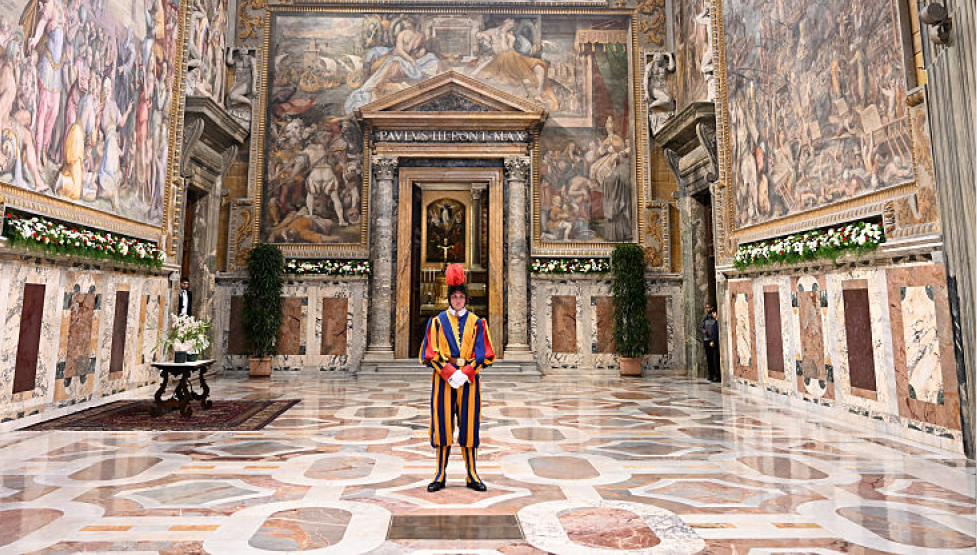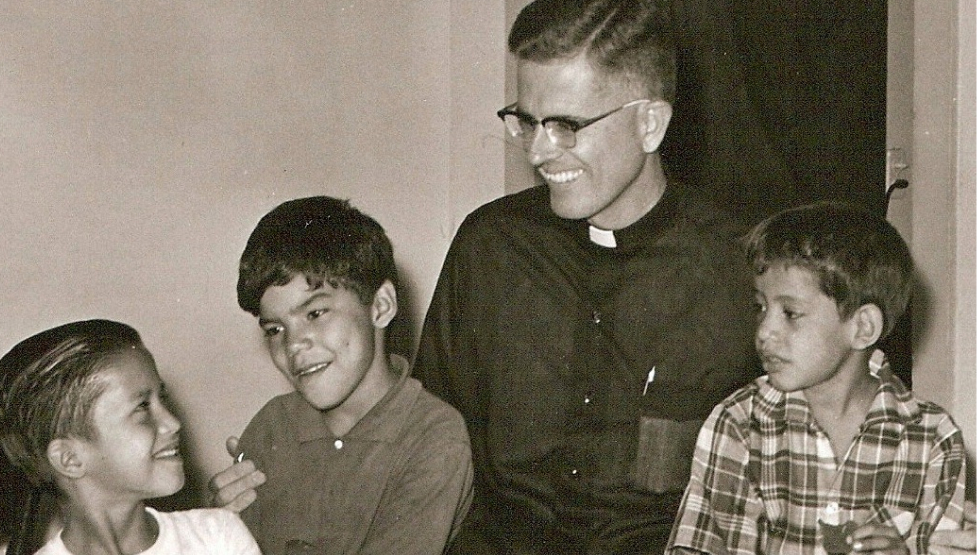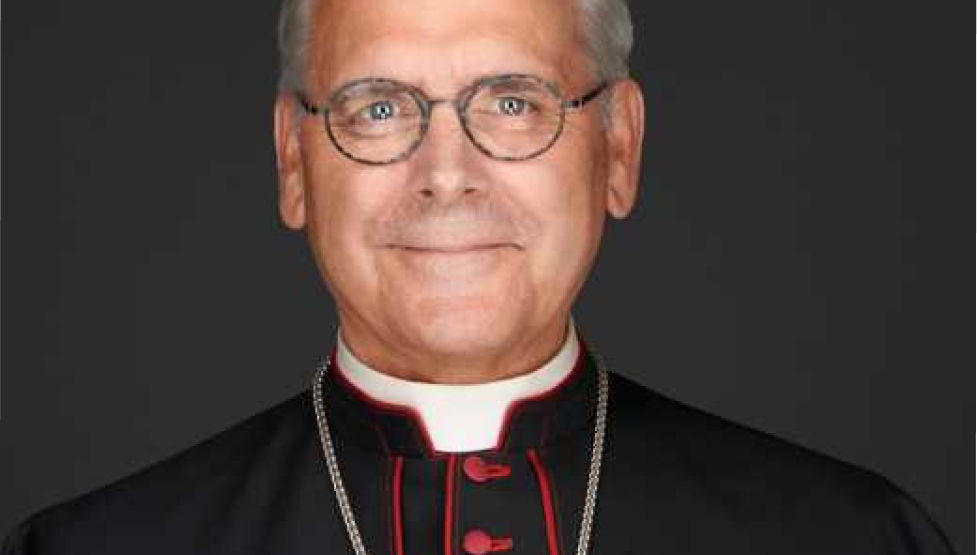Vice President JD Vance has visited the Church of the Holy Sepulchre in Jerusalem, the site where Jesus is believed to have risen from the dead.
Vance made the visit as part of a trip to Jerusalem following the historic ceasefire agreement between Israel and Hamas.
Writing on X, Vance described visiting the Church as an “amazing blessing” and expressed gratitude for “the Greek, Armenian, and Catholic priests who care for this most sacred of places.” He concluded with a prayer asking that “the Prince of Peace have mercy on us, and bless our efforts for peace.”
During the visit, Vance lit a candle, touched the Stone of Anointing — the stone marking the place where Jesus’ body was prepared for burial after the Crucifixion — and prayed at the Chapel of the Crucifixion, which stands above Golgotha.
The trip coincided with far-right Israeli politicians giving preliminary approval to a bill that would annex the occupied West Bank, part of the hoped-for Palestinian state. Vance called the decision a “very stupid political stunt,” while Israel’s prime minister, Benjamin Netanyahu, described it as “a deliberate political provocation by the opposition to sow discord.”
The Church of the Holy Sepulchre, located in the Christian Quarter of Jerusalem’s Old City, is considered Christianity’s holiest site. Built in the 4th century by Emperor Constantine the Great after the site was identified by his mother, St Helena, the Church has been destroyed and rebuilt several times, most notably after its destruction in 1009 by the Fatimid Caliph al-Hakim, an act that provoked outrage across the Christian world. It was reconstructed by the Crusaders in the 12th century.
Today, it is jointly cared for by the Roman Catholic, Greek Orthodox, and Armenian Apostolic churches under an arrangement known as the Status Quo. The Church has historically welcomed millions of pilgrims each year, but numbers fell sharply during the Covid-19 pandemic and amid the ongoing Israel-Hamas conflict — a loss that has been devastating for Jerusalem’s Christian community, many of whom depend on religious tourism for their livelihoods.
(Photo by Nathan Howard - Pool/Getty Images)




.jpg)







.jpg)



